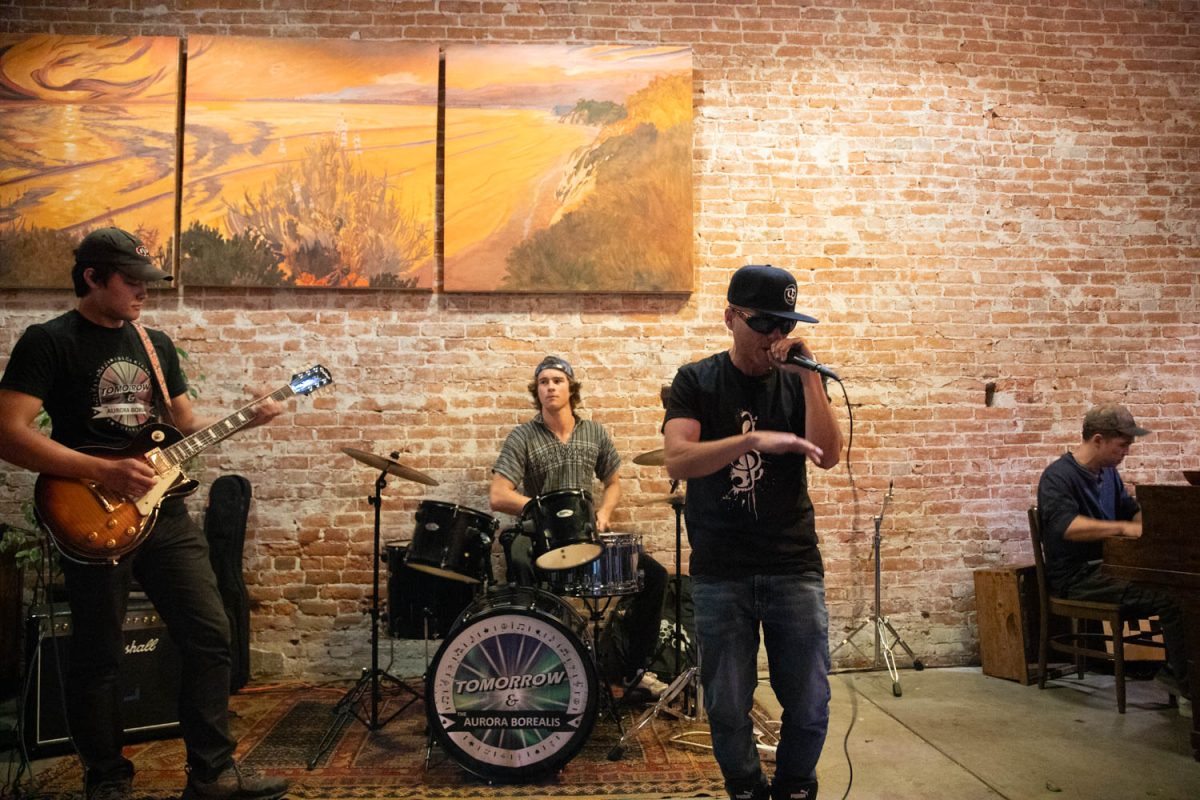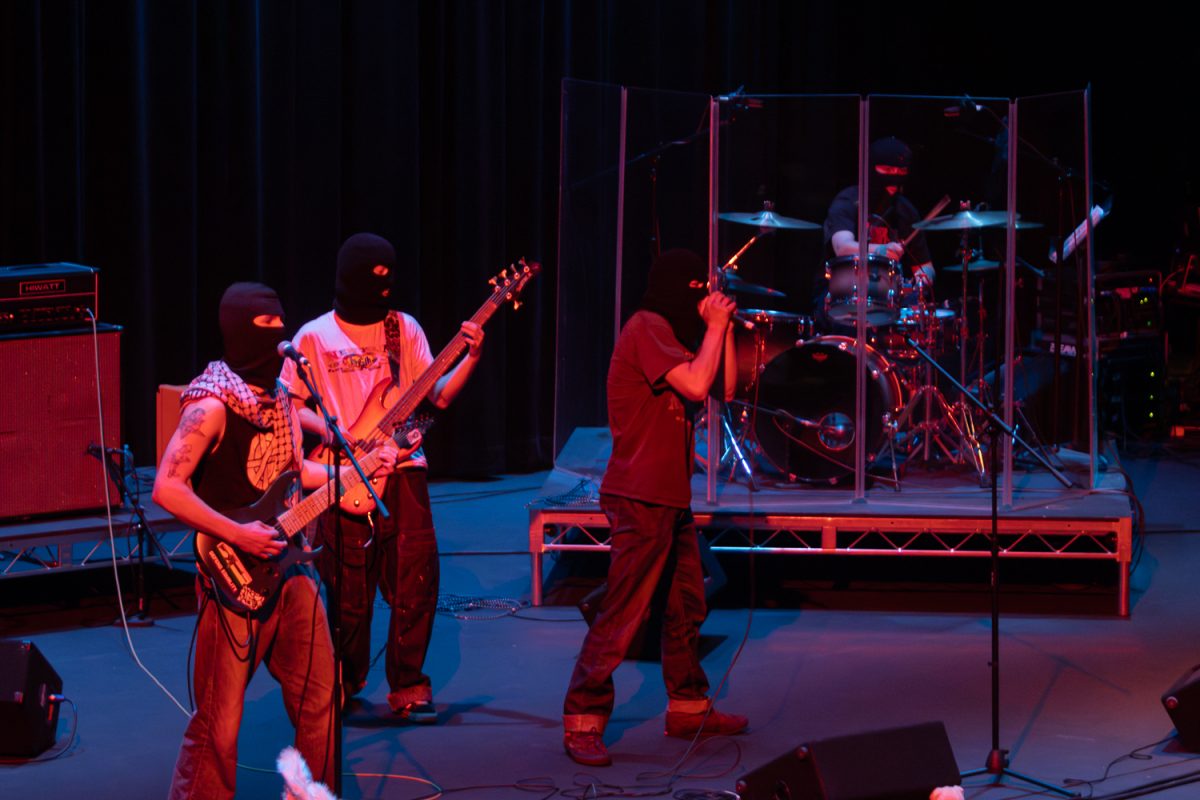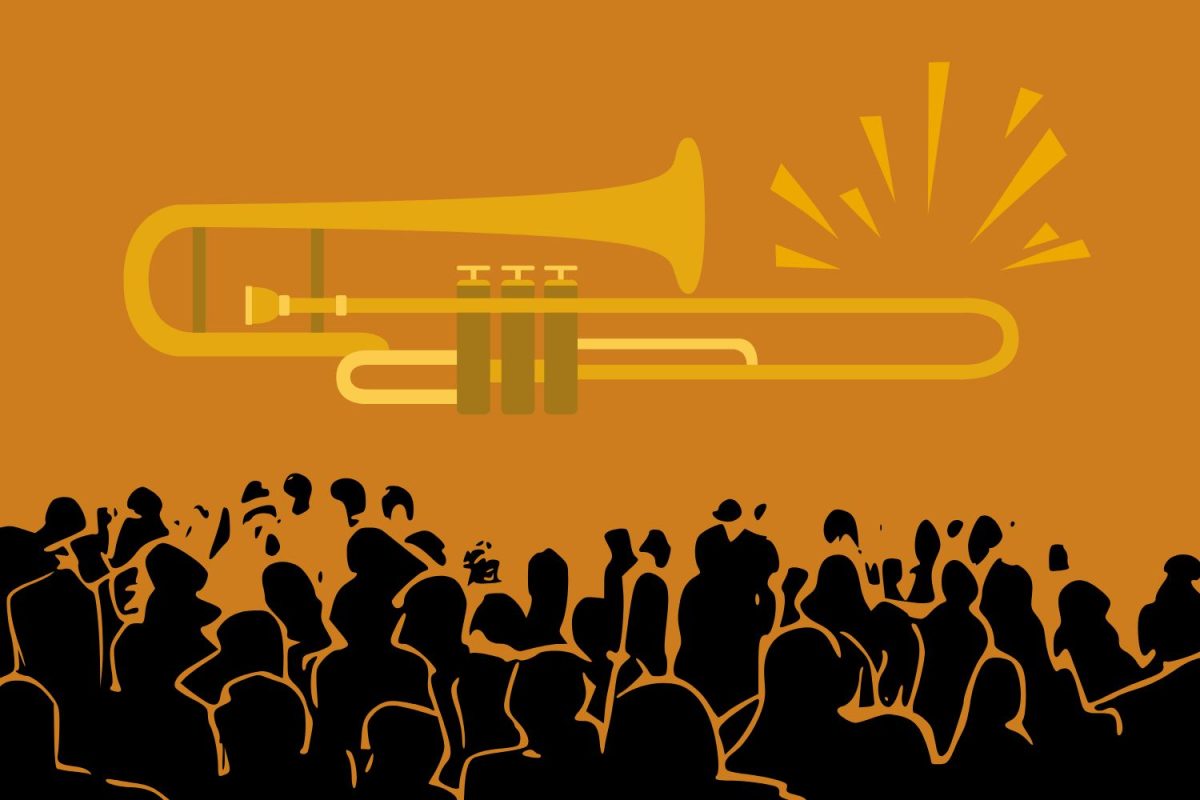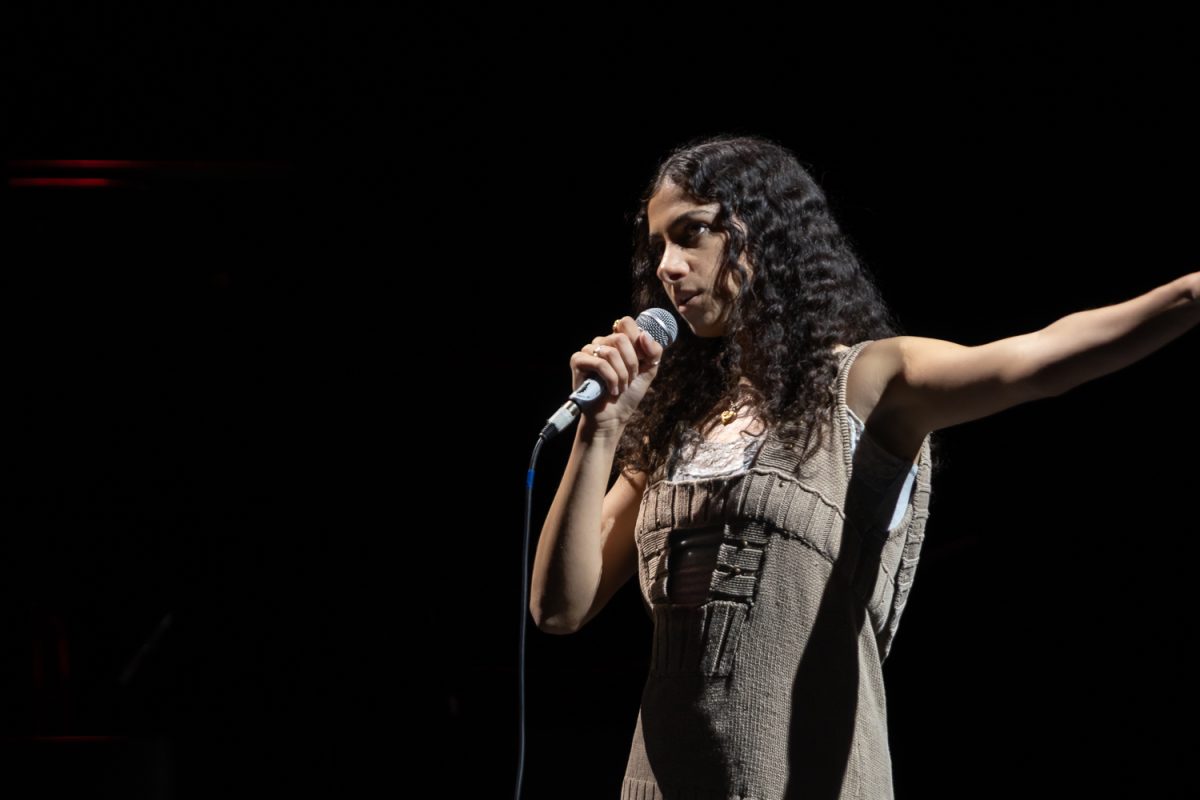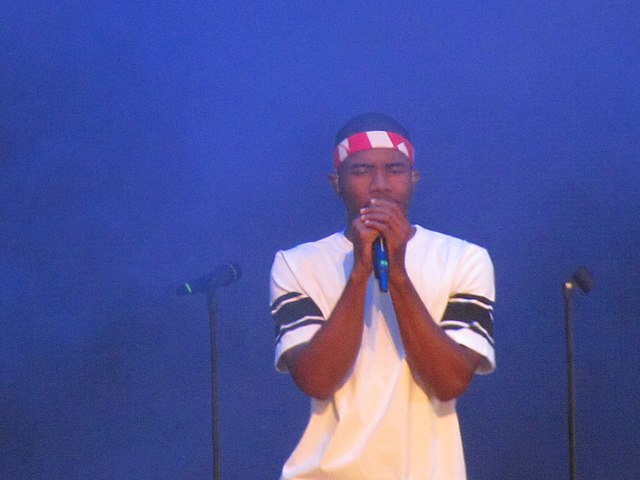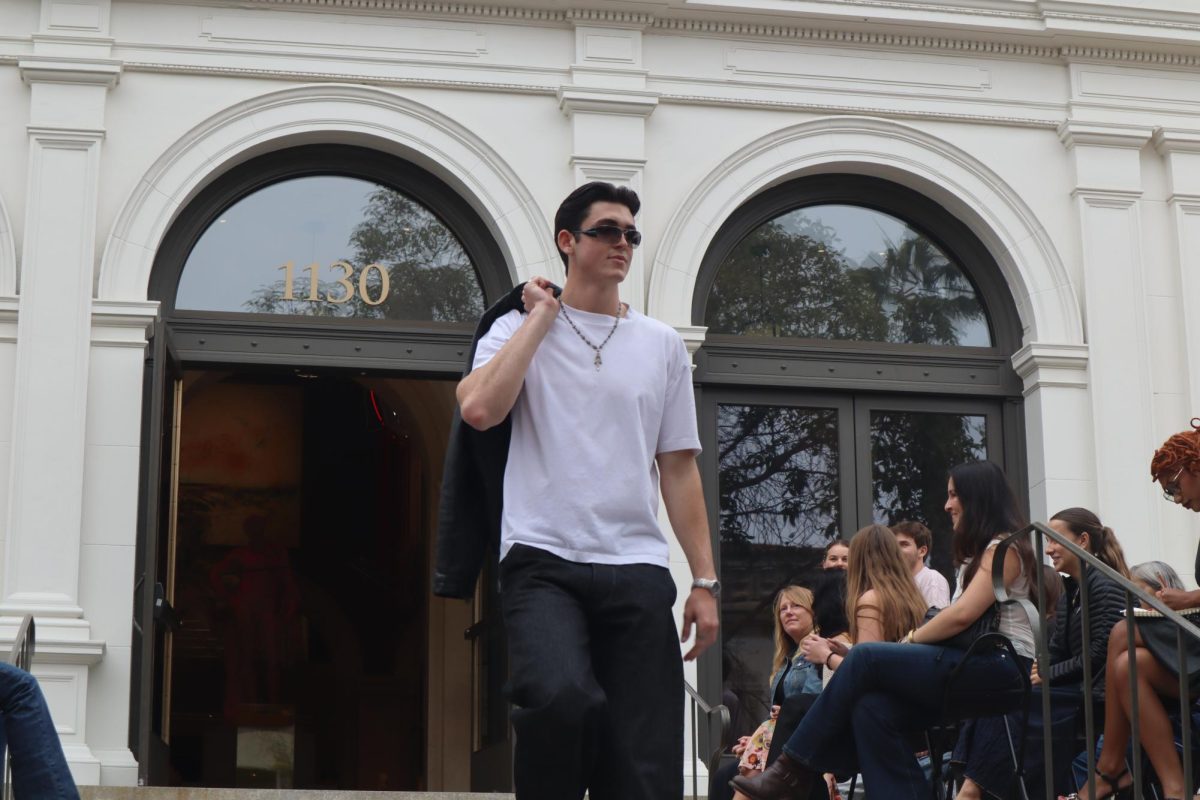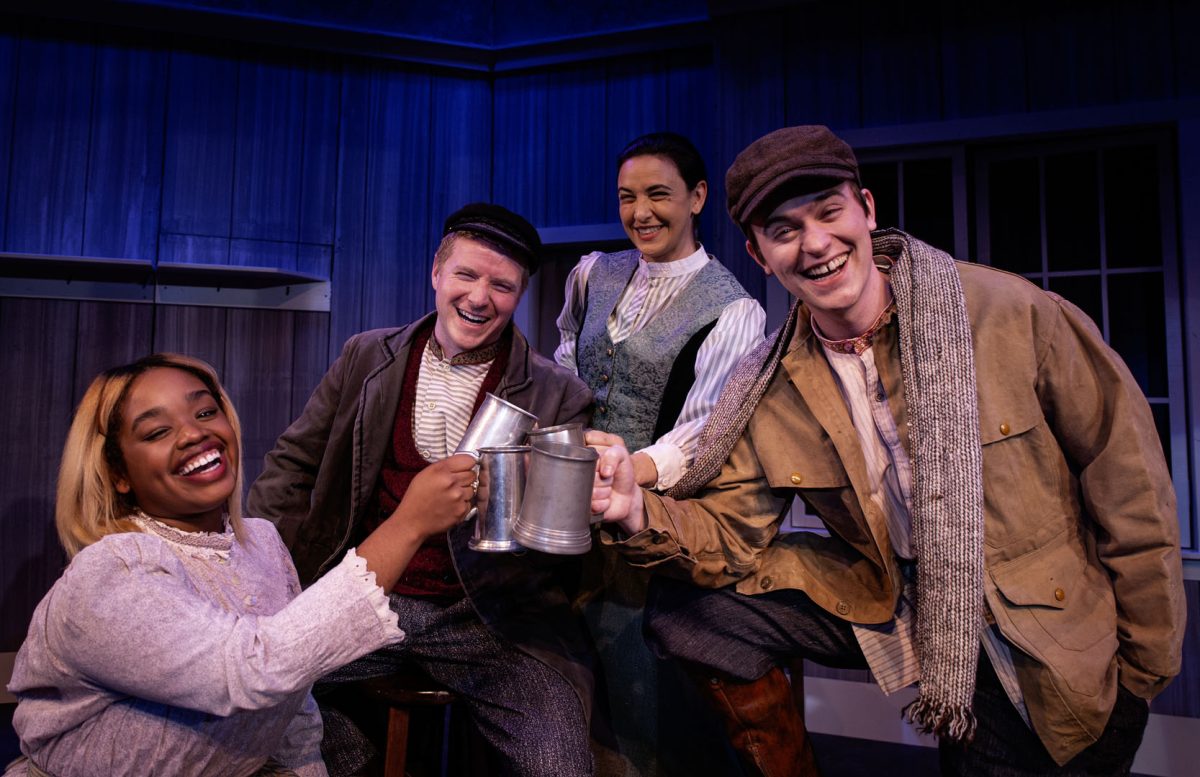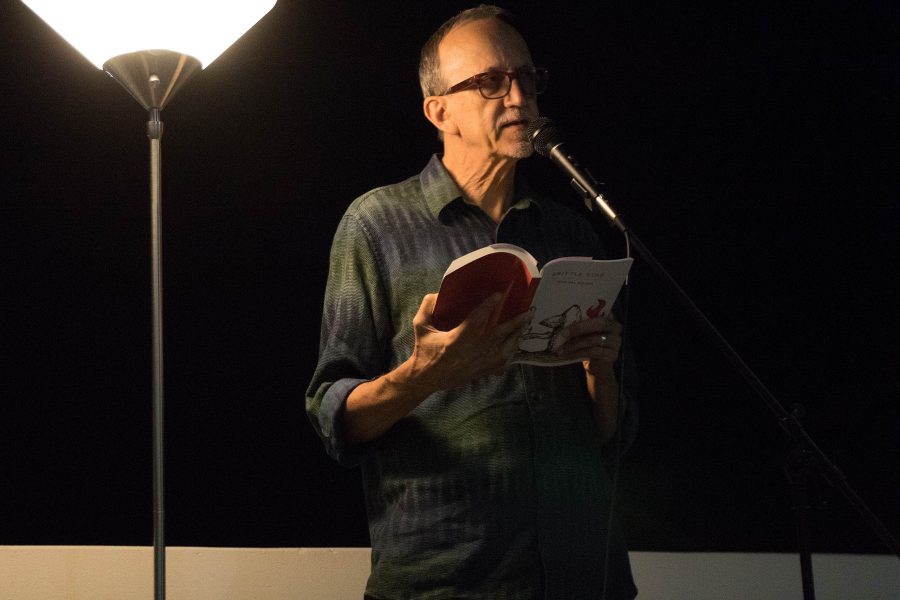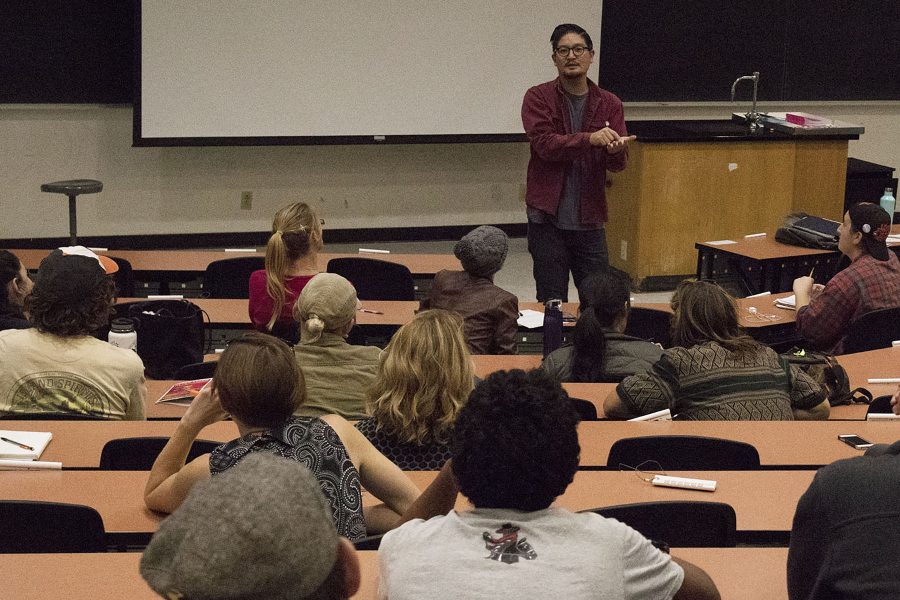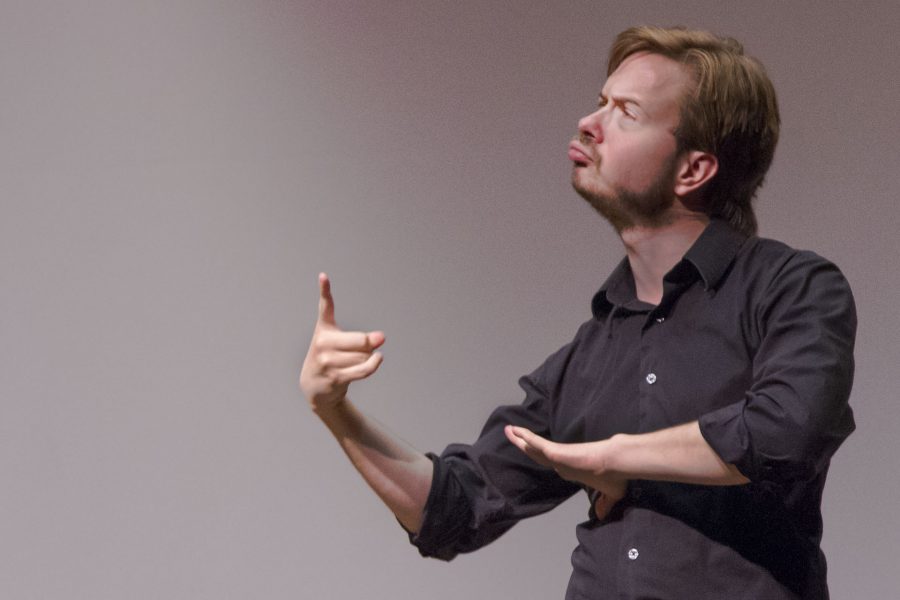The head of UCSB’s Art Department will be speaking on Oct. 7 at City College comparing film intentions in yet another installment of the art department’s lecture series.
Colin Gardner, professor of critical theory and integrative studies, will be discussing four works by writer Samuel Beckett. Gardner will be using a book by philosopher Gilles Deleuze to re-interpret Beckett’s content.
Professor Gardner said the lecture is dealing with Samuel Beckett’s work-looking at it through Deleuze’s theory.
“This lecture will be an interesting introduction to Beckett and Deleuze,” Gardner said. “I think City College students will get a lot out of this and learn about creating narratives.”
Using Beckett’s 1964 production “Film,” along with the three works packaged “Peephole Art,” which includes “Not I,” “Quad I & II” and “What Where,” Gardner will analyze how these pieces can be interpreted differently based on the editing and what the viewer is shown.
Gardner said these works are called “Peephole Art,” because they explore editing techniques-showing content that the viewer was never meant to see, just like looking through a peephole. Gardner said what Beckett’s films do is “play around with conventional narrative.”
These works by Beckett are described by themodernword.com as “avant-garde pieces of cinema.”
By using Deleuze and philosopher Pierre-Félix Guattari’s book “Kafka: Toward a Minor Literature,” Gardner will be able to analyze Beckett’s works. This fictional book is about interpreting all forms of language in society’s culture. Gardner is using film as the main language open for interpretation.
Gardner said this type of film plays with the idea of what happens within the gap of content, or what scenes are edited and cut. The viewers must create a connection between the two edited shots as the story progresses
Gardner plays with the idea of what happens when the film shows the viewer every detail of the story. Without editing, there are no secrets to the film and no interpretations for the viewer to make. So, if there is no editing, the film lacks strategic rising action before the climax.
“The editing has an effect on the emotion of a film because if the audience feels like the film is justified and explained, they will have a different reaction to it,” film student Amanda Stowers said.
When watching a narrative film, “we are always playing catch up,” Gardner said. He explained that with the edit removed, the viewer will be waiting for a climax.
“I’m interested in this because that’s what the function is and you don’t know what it relates to,” Gardner said. “What’s not on the screen is just as important as what’s on the screen.”
The lecture will be held at 4:30 p.m. on Wednesday, Oct. 7 in Humanities Room 112.





